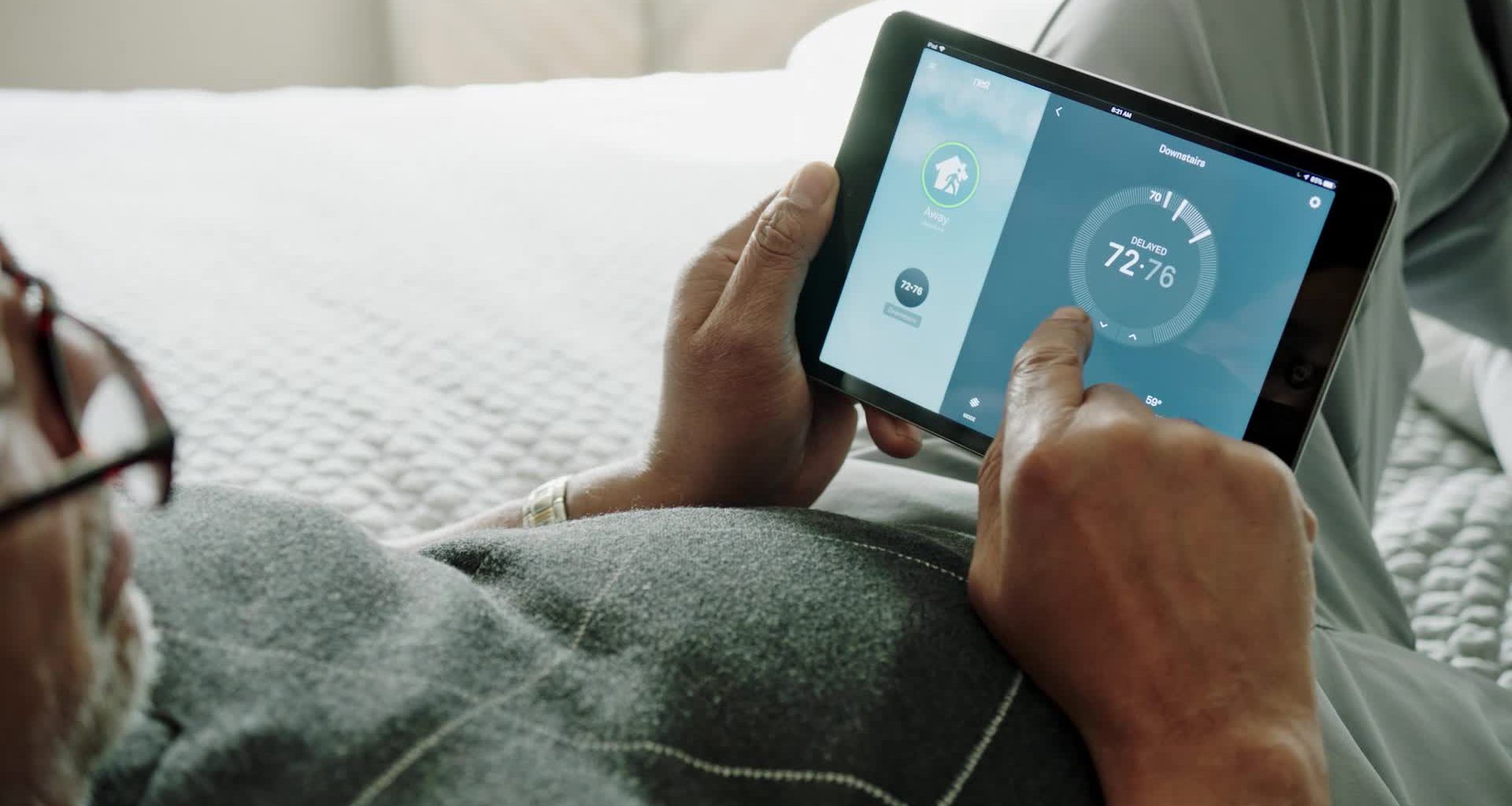These days, owning a smart home doesn’t have to be a futuristic daydream – anyone can deck their home with cutting-edge technology! For simple ways to integrate smart technology into your home, check out these four home automation tips originally published by our friends at Pulte Homes.
Wireless lighting.
One of the easiest ways to incorporate automation into your home is through wireless lighting. This technology uses LED bulbs that connect to your home’s Wi-Fi signal. Since the bulbs are a part of the network, you can control them using your phone, computer or even your voice. Most bulbs come with brightness and color adjustments so that you can set the right mood.
While wireless bulbs cost significantly more than standard bulbs, it is important to keep in mind that these products are built to last. You won’t have to worry about replacing them and their automated controls mean that you don’t have to run up utility bills. Instead of leaving the lights on when you leave the house, you can use your smartphone to turn on specific lights right before you arrive home. Even simply changes like this can help you save money and run a more efficient smart home.
Smart home security systems.
Security systems used to be expensive to setup and came with a monthly subscription fee. This made the systems cost prohibitive for a lot of homeowners. Automated technology has changed all that and made home security systems more affordable and accessible than ever before. Depending on your needs, you can incorporate security cameras, smart locks, motions sensors and video doorbells into your smart home without having to worry about hardwiring these devices. Wireless technology instantly connects all these devices and integrates with your phone.
Your home security system can be controlled through an app and programmed to alert you when needed. For instance, video doorbells will send a message to your phone and allow you to see who is at the door. This is a great tool both for when you are at home or when you are out of town and need to monitor your house. Apps will also allow you to control the system remotely. You can make adjustments or trigger the locks no matter where you are.
Automated climate control.
While smart homes certainly offer a new level of convenience, they are also designed to improve overall efficiency. For example, smart thermostats can be programmed to adjust the temperature throughout the day to save on utilities. You can schedule the temperature to go down 5 degrees when you leave for work and have the house back up to a warmer temperature by the time you get back home. If you leave on vacation and forget to turn down the thermostat, you can access the device remotely and adjust the temperature.
This same level of automation can be applied to water heaters, fans and practically any appliance in your home. The result is a more efficient home that uses less water, gas and electricity and saves you money on your monthly utility bills.
Smart entertainment devices.
Home automation also extends to your TVs, radios and other devices. With the push of a button or a voice command, you can turn devices on and off, change stations, adjust volume and much more. It doesn’t hurt that being able to control your device without leaving your couch just plain looks cool.
From smart plugs and light bulbs to home security systems and surveillance cameras, it is easier and more affordable than ever to create a smart home that makes your life easier while also saving you money in the long run. With wireless technology, you can connect all your devices without having to worry about hardwiring electrical connections. Upgrading your existing home or outfitting a new build with smart home capabilities couldn’t be easier.





